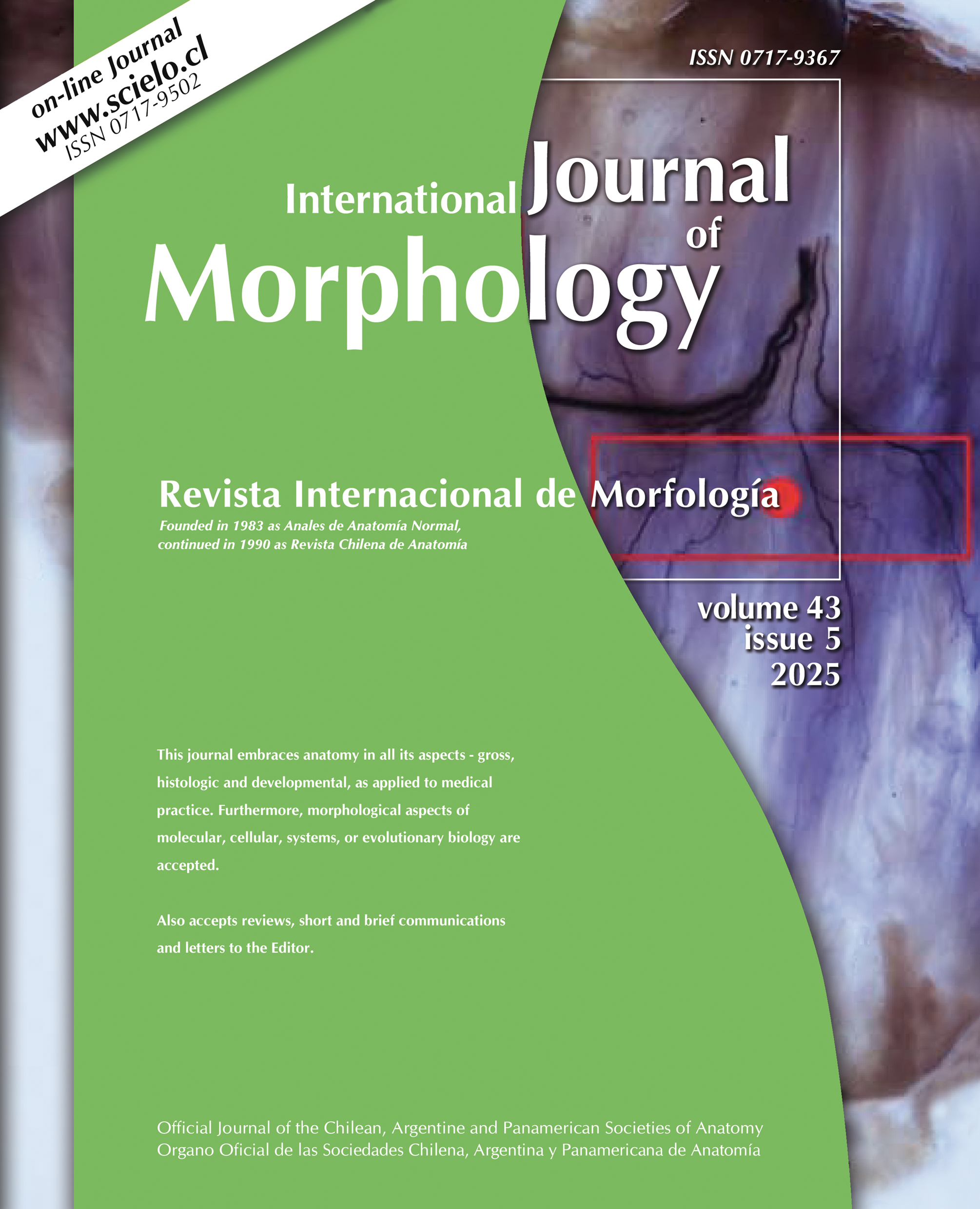Facial Morphology in Orthognathic Surgery. Is There a Facial Advance Trend?
DOI :
Víctor Ravelo; Gabriela Olate; Claudio Huentequeo-Molina; Ziyad S. Haidar; Marcelo Parra ; Bélgica Vásquez & Sergio Olate
Summary
The objective of this research was to determine the preferred movements in the maxilla and mandible to obtain normality in facial morphology using superimposition techniques in 3D analysis. A descriptive study was carried out to evaluate bimaxillary bone displacement and hyoid bone in subjects facial class II and facial class III undergoing orthognathic surgery. were used as fixed points for superimposition: Nasion (N) - Silla (S) - Porion (Po) and the zygomatic-maxillary suture (Z). These points were superimposed in pre-surgical and post- surgical CBCT and was evaluated to displacement of the ante- rior nasal spine, Point A, Point B, Chin and the hyoid bone. For the evaluation and comparison of continuous variables before and after orthognathic surgery, was used the Student's t test. For the correlation between the variables, the Spearman test is used, considering a p value <0.05 as a significant difference. 44 subjects between 18 and 40 years old of both sexes were included in this research. A 90% of subjects a was performed a maxillay sagittal movement. The sagittal movement of mandibular advancement was performed in 100% with facial class type II, while 100 % of the subjects with with facial class type III had a mandibular recession. The hyoid bone advanced in 26 of the 27 subjects with facial class type II. It is possible to conclude that there is a tendency for maxillary advancement, independent of facial deformity.
KEY WORDS: Orthognathic surgery; Facial morphology; Cephalometry; Bone movement.
How to cite this article
RAVELO, V.; OLATE, G.; HUENTEQUEO-MOLINA, C.; HAIDAR, Z. S.; PARRA, M.; VÁSQUEZ, B. &OLATE, S. Facial Morphology in Orthognathic Surgery. Is there a facial advance trend?. Int. J. Morphol., 39(4):1116-1122, 2021.





























